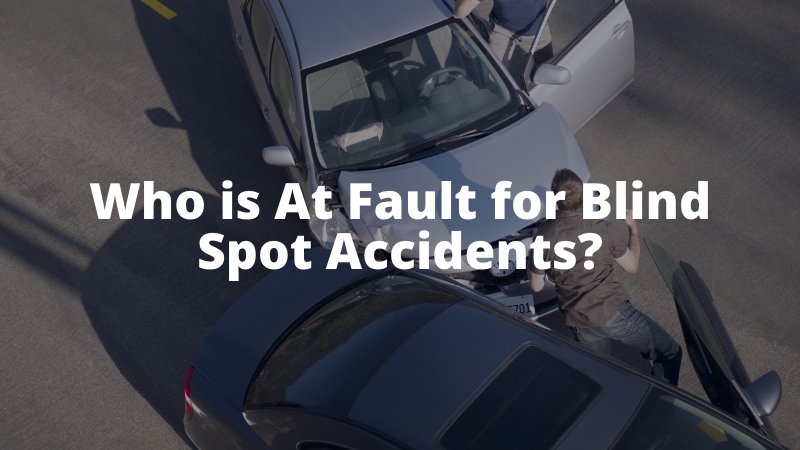Who is at Fault for a Blind Spot Accident?
If you are involved in an accident, it can be difficult to determine who is at fault for the accident and how you can obtain compensation for the harm you’ve suffered. Blind spot accidents can be particularly confusing because they seemingly come out of nowhere. An experienced car accident lawyer from Mingo & Yankala, S.C. can help determine who is at fault for a blind spot accident you were involved in.
What Are Blind Spots?
Blind spots refer to the areas around your vehicle where you cannot see if other vehicles are present. If a vehicle is in a blind spot, you might not see the vehicle in your mirror.

Wisconsin Rules for Changing Lanes
Blind spot accidents often occur when vehicles are changing lanes. The Wisconsin Department of Transportation recommends taking the following precautions:
- Move to a lane at least one block in a city or 500 feet in a rural area before you plan to turn
- Check your mirrors and over your shoulder before you change lanes
- Use your turn signal at least 100 feet before the turn to communicate your intention of changing lanes or turning
Additionally, Wisconsin law specifically states that drivers should not leave their lane until they determine that doing so can be done so safely in regard to other vehicles approaching from the rear. For this reason, many blind-spot accidents are attributed to the driver who is turning or changing lanes.
Truck Blind Spots
Because trucks are much larger and may be carrying long trailers, they have much bigger blind spots, which might extend to:
- 20 feet in front of the truck
- 30 feet behind the truck
- One lane width to the left of the truck
- Two lane widths to the right of the truck
A good rule of thumb regarding truck blind spots is that if you are passing a truck and you cannot see the driver in their side-view mirror, the driver cannot see you.
Even though trucks have large blind spots, that does not mean that truck drivers can drive without regard to these spots. Truck drivers know that they may not be able to see other vehicles near their truck, so they must stay vigilant and pay attention to other nearby vehicles. Many truck blind spot accidents are caused by careless truck drivers who:
- Failed to check blind spots before changing lanes
- Failed to keep a proper lookout for other nearby vehicles
- Drove while fatigued
- Lacked the proper training or qualifications to drive the type of truck involved in the accident
- Failed to install the necessary mirrors on their truck
Determining Fault for a Blind Spot Crash
The driver who failed to check their blind spot before making a maneuver or who did not have the right-of-way may ultimately be found at fault for the accident. However, it is important to have evidence to prove fault in case liability is in dispute. Evidence might include:
- Accident reports
- Photos or videos of the accident
- Physical damage to the vehicles
- Black box data
- Witness statements
- Reports from accident reconstruction specialists
An experienced car accident attorney at Mingo & Yankala, S.C. can conduct a thorough investigation and help determine fault in your accident.
